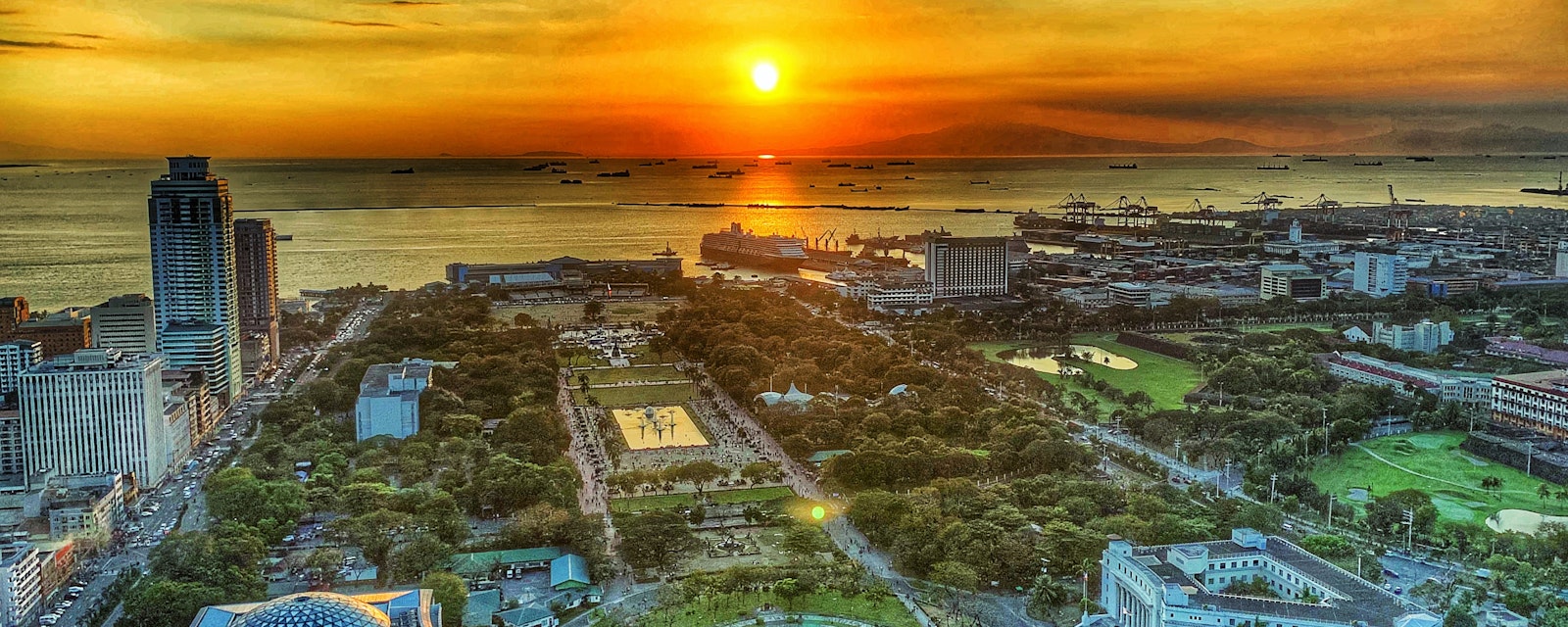The Omicron variant appears to have gained its first major Southeast Asian foothold in the Philippines, particularly in the metropolitan Manila area. While the decoupling pattern between cases and deaths in the capital region seems to parallel that of other countries, Omicron’s spread to the less vaccinated provincial areas could strain their relatively weaker hospital and ICU systems. Thailand and Indonesia are not yet exhibiting the same rate of growth in cases, but they are already either tightening restrictions, or signaling that they intend to do so soon; how the Philippines fares over the next two weeks could determine the extent to which they implement additional curbs.
The Omicron variant appears to have gained its first regional foothold in the Philippines, which is experiencing a major spike in new daily case detections over the past week alone. Case numbers are also starting to trend up in Thailand and Indonesia, although not as steeply. Vietnam has been experiencing a steady increase as well, but in a trend that started in October, which makes it less clear whether it is being driven by the variant.
Omicron enters SE Asia (new daily Covid cases per million)
* Our World in Data and national health departments as of 6 January or 7 January
In the Philippines, genetic sequencing capacity is limited, but the spike mirrors that of other countries that have experienced the Omicron surge. The new cases are concentrated in the capital region, with a population of 10 — 12mn. Furthermore, not all potentially infected are getting tested or reported due to tests being either difficult to find or expensive, and the official numbers very likely undercount the cases in the metropolis. The 7 January positivity rate is 40%. Consequently, the upward trend is expected to continue for the next week or two at least. As a result, the government earlier this week raised mobility restrictions in the capital to Level 3 (with 5 being the highest), which prohibits in-person classes and reduces the allowed capacity for most indoor commercial establishments to 30%.
Although most reports are of mild or asymptomatic cases, ICU utilization in Metro Manila is 48% as of 6 January, compared to 28% on 9 December in our previous report — which reflects the generally limited absolute capacity available. The sudden spike has led to a run on decongestants and antipyretics within a few days, with pharmacies reporting widespread shortages as of the first few days of January and a gray market developing.
The near-term risks for the Philippines with Omicron are two-fold. First, the overall vaccination rates in the provinces, where Omicron does not yet appear to be broadly present, are much lower and more uneven than in metropolitan Manila. While the lower population density in the countryside may slow the variant’s spread and reduce the overall number of infected, the relative strain generated by a broad increase in cases on fewer hospitals and ICU facilities could be worse compared to the capital. Second, because of the apprehension that their healthcare facilities may struggle, some provinces are starting to restrict cross-border travel, which if the practice becomes more widespread could dampen domestic tourism through February as well as the flow of produce, and possibly even prolong the wave as the variant ripples through the country, instead of burning out quickly. The overhang of the Omicron risk in the Philippines could persist through much of the next six weeks– first the spread in the capital then transmission to the provinces.
So far, the other Southeast countries are not yet exhibiting a similarly steep increase in cases, but Thailand and Indonesia have seen their cases also rise significantly in recent days. Officials in both countries are signaling that they consider an Omicron surge as inevitable and with it the possibility of calibrated tightening as conditions change--although they are also taking pains to avoid indicating a broad lockdown. On 6 January, Thailand raised its alert level to four, which encourages people to work from home and suspend non-essential travel, while also limiting the number of people at gatherings or common venues. Alcohol consumption is prohibited after 9pm in Bangkok and disallowed in most cities. The government has indefinitely suspended its “test and go” scheme for foreign tourists, but as a compromise to the sector continues to allow several southern destination islands, particularly Phuket and Koh Samui, to continue as tourism sandboxes. Jakarta has raised its alert level to 2, which primarily involves mobility restrictions, but has adopted fewer restrictions compared to Thailand, because its numbers are not as high.
Although Southeast Asian countries do not automatically adopt each other’s measures, how the Philippines fares through January could provide them with cues on the risks they face, both from a public health perspective and in terms of the public reaction, and determine the extent to which they further tighten restrictions on their respective economies.






